The coast is a beautiful place to be. And while these enchanting salt-spray flecked landscapes offer sea vistas by day, the coastline also has much to offer astronomers and astrophotographers after the Sun has set.
Many coastal locations have public spaces where it’s possible to set up telescopes and other equipment for doing astronomy or astrophotography.
You can’t just plonk your scope down anywhere, but if you do find a suitable spot you’ll soon see why the beach or the coast can be a great place to view the stars.
For more astronomy travel guides, read our guide on how to stargaze, our pick of the best places to stargaze in the UK, the best travel telescopes and planning for astronomy camping.
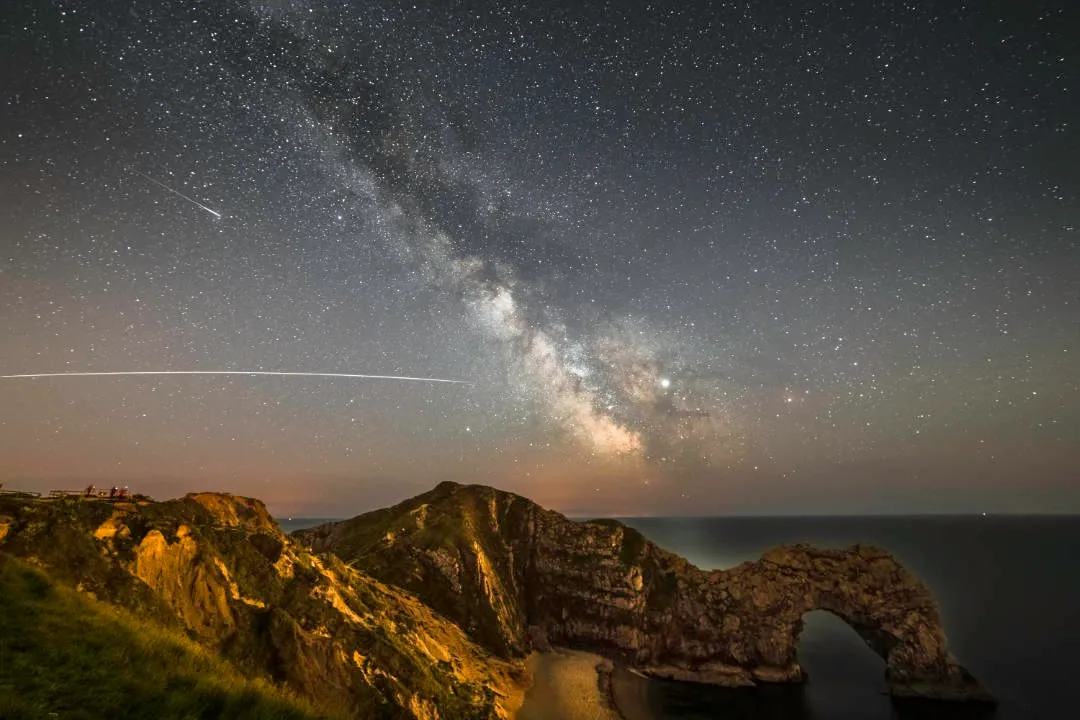
The most obvious advantage of doing astronomy on the coast is the great sightlines and wide, open prospects.
With broad, sweeping views overhead and right down to the sea you’re often able to see so much more sky than in a built-up urban location.
A coastal viewing site can be great for watching meteor showers – especially during the stronger annual showers, like the Perseid meteor shower in summer and the wintertime Geminid meteor shower – as you’ve got a better chance of seeing meteors if you can see more sky.
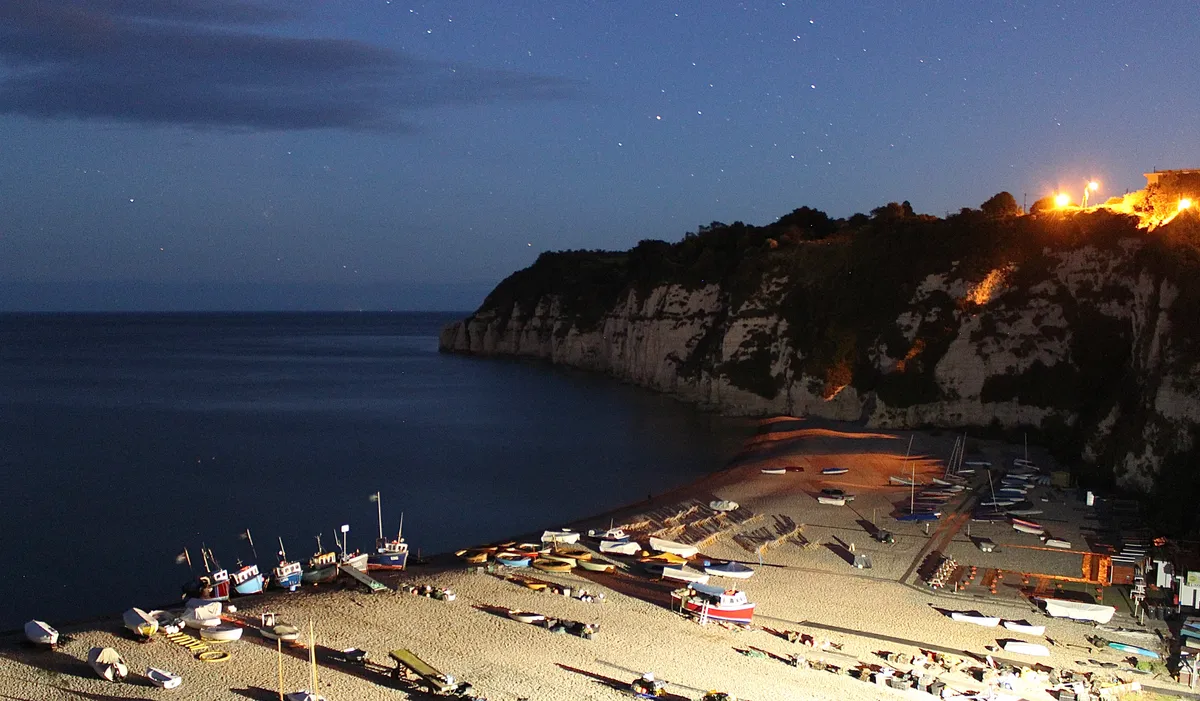
It can also be useful if you’re a beginner trying to star-hop your way around the constellations, as it can be easier to relate different star patterns to one another when you can see more of them in a wider context.
It's also a great place from which to observe the Moon: anyone who’s ever watched a moonrise over an eastward sea horizon will tell you just what a magical naked-eye sight that can be.
Full Moon rises are particularly special, with the deep-orange lunar disc slowly appearing over the water and its ‘glitter path’ dancing as it climbs higher in the sky.
To get weekly Moon phases and moonrise and set times delivered straight to your email inbox, sign up to the BBC Sky at Night Magazine newsletter.

Astronomy with a flat horizon
A view towards a flat sea horizon doesn’t just provide a more open outlook for astronomy, it also gives you pretty much your best chance of catching celestial objects that sit low in the UK sky – such as certain deep-sky targets and transitory sights like low-altitude comets.
If you’ve got rooftops or trees and bushes around an inland site where you normally observe, chances are you’ve got a swathe of objects that you either can’t view at all or struggle to see through the obstructions.
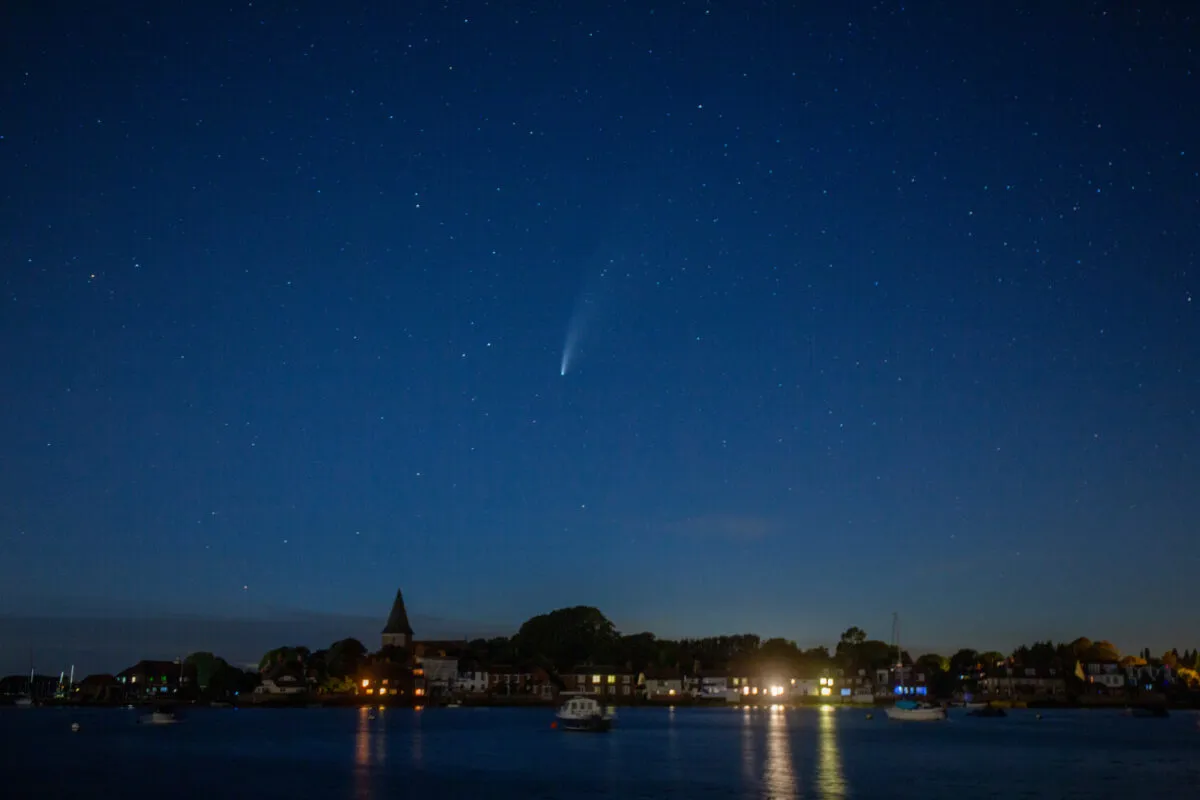
One of the richest regions of the sky that’s often hard for UK-based observers to get a good look at – due to its inherently low altitude from UK latitudes – is the patch that sits towards the very centre of the Milky Way in the Northern Hemisphere summer months.
This area, around the famous asterism known as the Teapot asterism in the constellation of Sagittarius, the Archer (one of our favourite summer constellations), contains several truly superb observing targets for balmy summer nights.
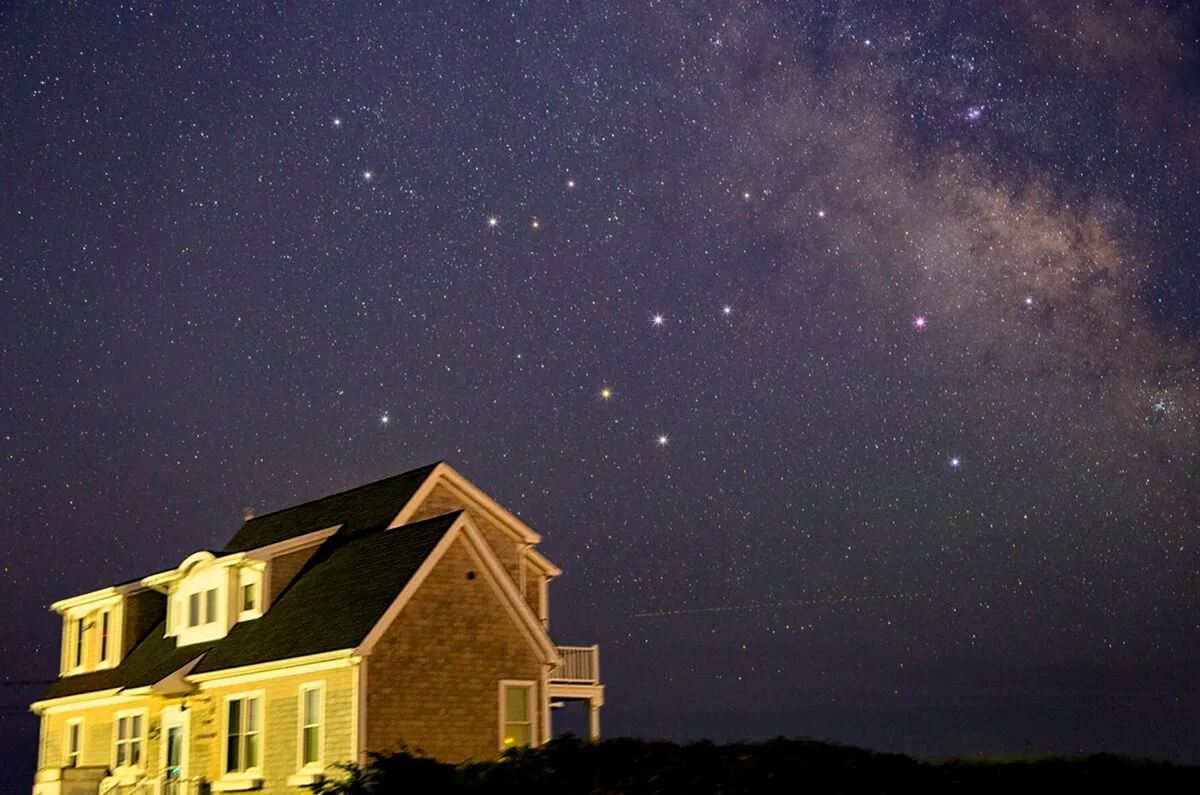
These include the beautiful Lagoon Nebula, M8, which is a great target for binoculars and a small telescope, and globular cluster M22, which sits against the star fields of the summer Milky Way.
As an example of how elusive these two objects can be with an obscured – in this case, southerly – horizon, around the time that darkness returns in early August in Scotland (at roughly 56°N latitude) both M8 and M22 sit well below 10° altitude.
10° on the sky is approximately equal to half the diameter of an outstretched hand at arm’s length – not a great distance by any means.
The situation for these celestial objects is only marginally better from the most southerly parts of the UK, which is why anything you can do to find a lower southern horizon – such as observing from a south-facing coast – will improve your chances of getting a clear view.
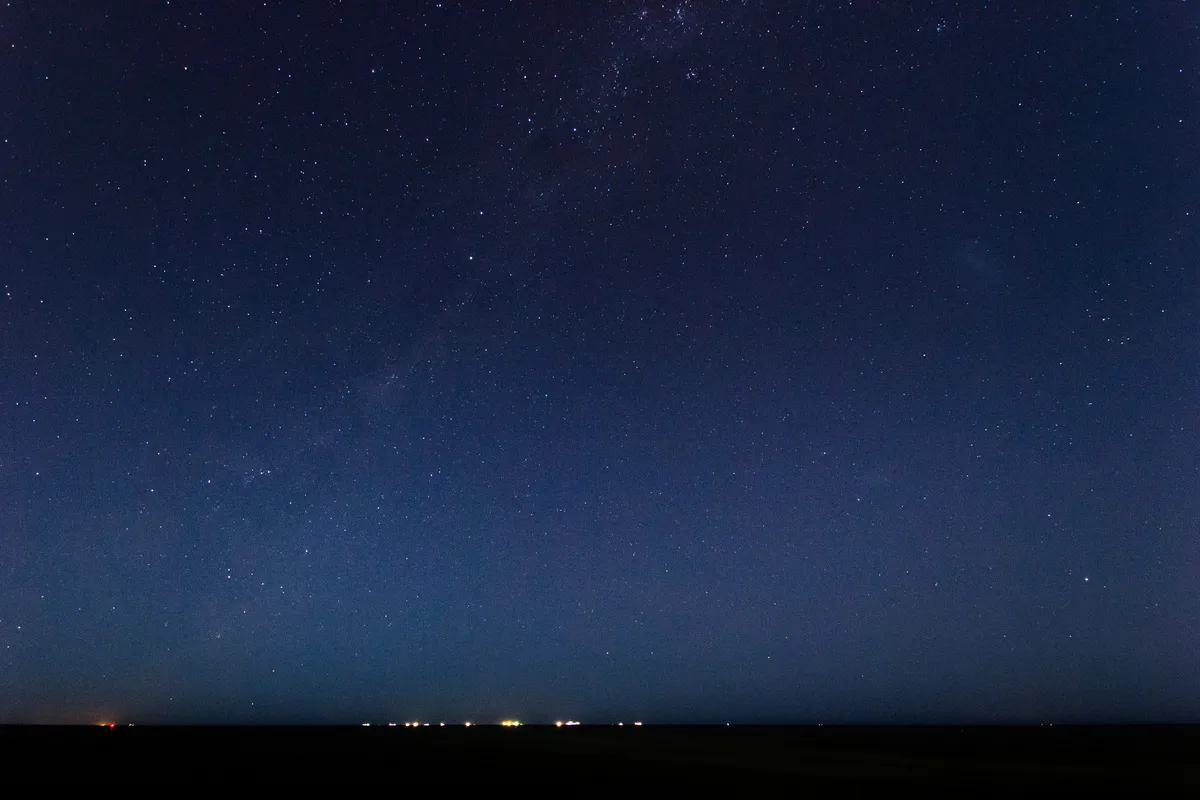
Light pollution on the coast
Those clear views can also be aided by the fact that when you’re looking directly out to sea from the UK, there are generally no land masses for many tens, if not hundreds, of kilometres.
This can mean there are far fewer light domes from towns and other settlements (near or far) on the horizon around you, making visual observing that much easier.
What light pollution there is in a sea view is usually limited to the lights from distant ships or fishing vessels.
Imagers may be able to pick up the light domes from very distant regions in long exposure nightscape-style images – for example, from the south Devon coast it’s possible to detect the glow on the horizon from the Channel Islands and parts of northern France – but by and large you’ll likely notice an improvement in light pollution levels compared to most inland UK sites.
Astrophotography by the sea
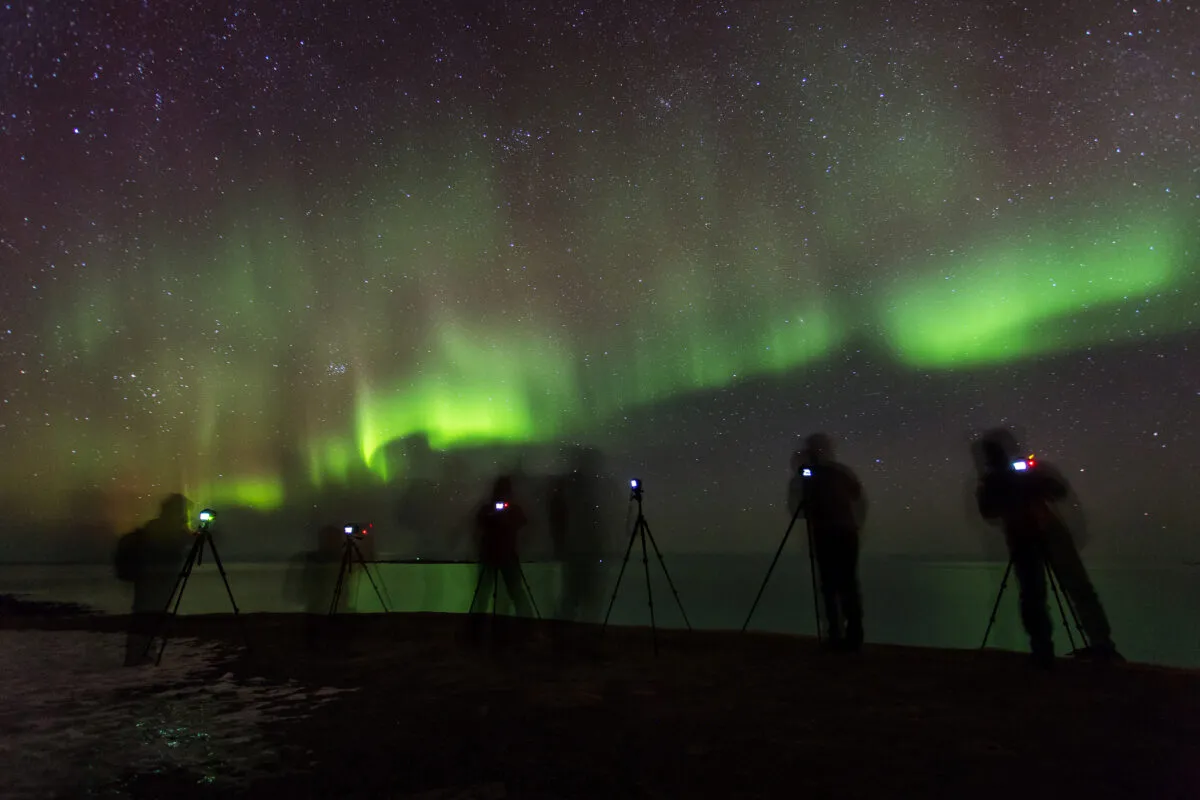
All the benefits for astronomy and stargazing at the coast also apply to astrophotography.
For example, a coastal horizon free of obstructions enables you to shoot low-altitude displays of noctilucent clouds.
You’ll also stand a better chance of capturing the glow of the Zodiacal Light over an inky-black expanse of sea than you might when looking out over inhabited regions in inland locations.
In those spots, light pollution along the horizon can often swamp the lower-altitude part of this faint phenomenon.

And all this is to say nothing of the innumerable aesthetic and compositional opportunities coastal astrophotography can bring.
Reflections – from bright planets, stars and the Moon – on rocks and wet sand can add a magical glittering quality to images.
If you experiment with long exposures to blur the water and the motion of waves you can create luminescent textures in a scene that can grab the eye and pull the viewer into the composition.
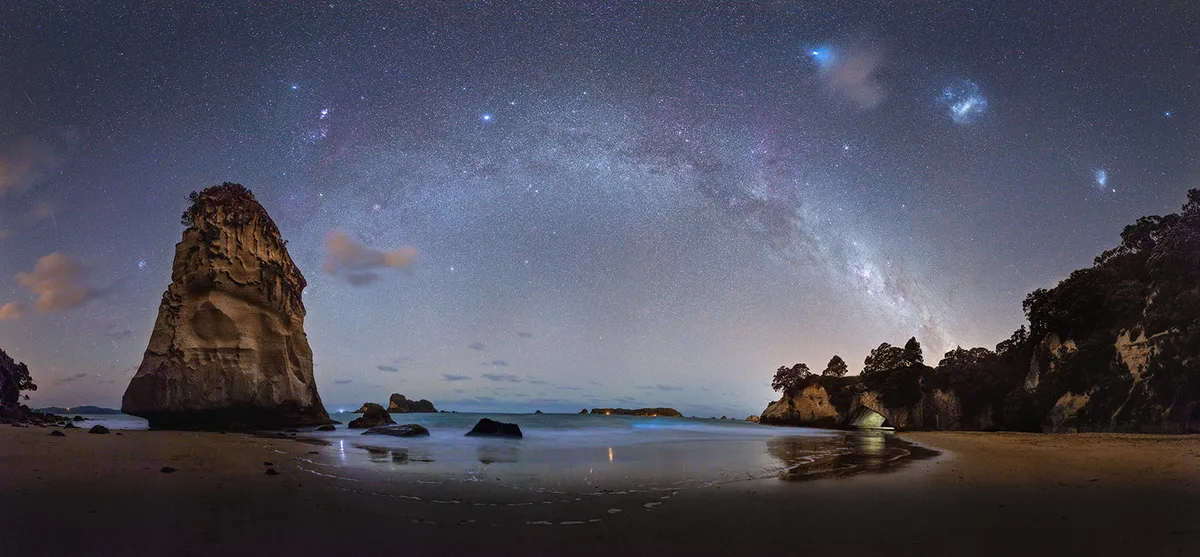
Seaside safety
The most important consideration when it comes to seaside stargazing must always be safety. The coast can be a dangerous location even in daylight, and at night there are numerous hazards that one needs to be mindful of too – slippery or uneven terrain, water and changing tides to name a few.
Stay away from cliffs and other areas of dangerous ground and always consult the tide times - from the UK check the BBC Tide Tables - as well as any local safety information and signage.
The usual advice for those venturing out to view or shoot the stars also applies – that is, tell someone exactly where you’re going and when you expect to return, and dress for the conditions making sure to carry a fully charged phone and torch with you.
A daytime recce of your intended viewing/photography spot can help you anticipate any issues, specially if it’s an area you’re not very familiar with.
The effects of inclement weather are often also keenly felt at exposed seaside spots, so you will naturally want to keep an eye on forecasts and the latest satellite imagery ahead of any trip.

That’s true not just from a safety point of view, but also because coastal spots can suffer from sea fog and haze, which can adversely affect observations. For help with this, read our guide to forecasting weather for astronomy.
The UK Met Office Shipping Forecast includes a general note about maritime visibility and there are also satellite images available online that can give hints of where fog may be forming.
You’ll also want to be wary of onshore breezes that can lift sea spray up into the air, as you don’t want that getting anywhere near sensitive, or expensive, camera and telescope optics.
Whether you’re an imager or an observer or a mixture of both, a trip to the coast might be just the thing that many of us need to reinvigorate our bond with the stars.
With plenty to be found shining above distant horizons to remind us why we took an interest in the night sky, the coast’s greatest draw could well be the inspiration that flows from it as the waves lap and break in the salt-scented cool of the evening air.
4 astronomy sights to observe on the coast
1
A full Moon rising

The rise of the full Moon over a sea horizon can be one of the most striking astronomical views you’ll see from a coastal location – especially on those rare days of good sky transparency when there’s little haze low down.
As the disc of the Moon emerges into view, the atmosphere causes its coppery-red form to distort and shimmer, and this warping can be mesmerising in binoculars. As the twilight deepens, the moonlight on the water adds to the scene.
2
Noctilucent clouds
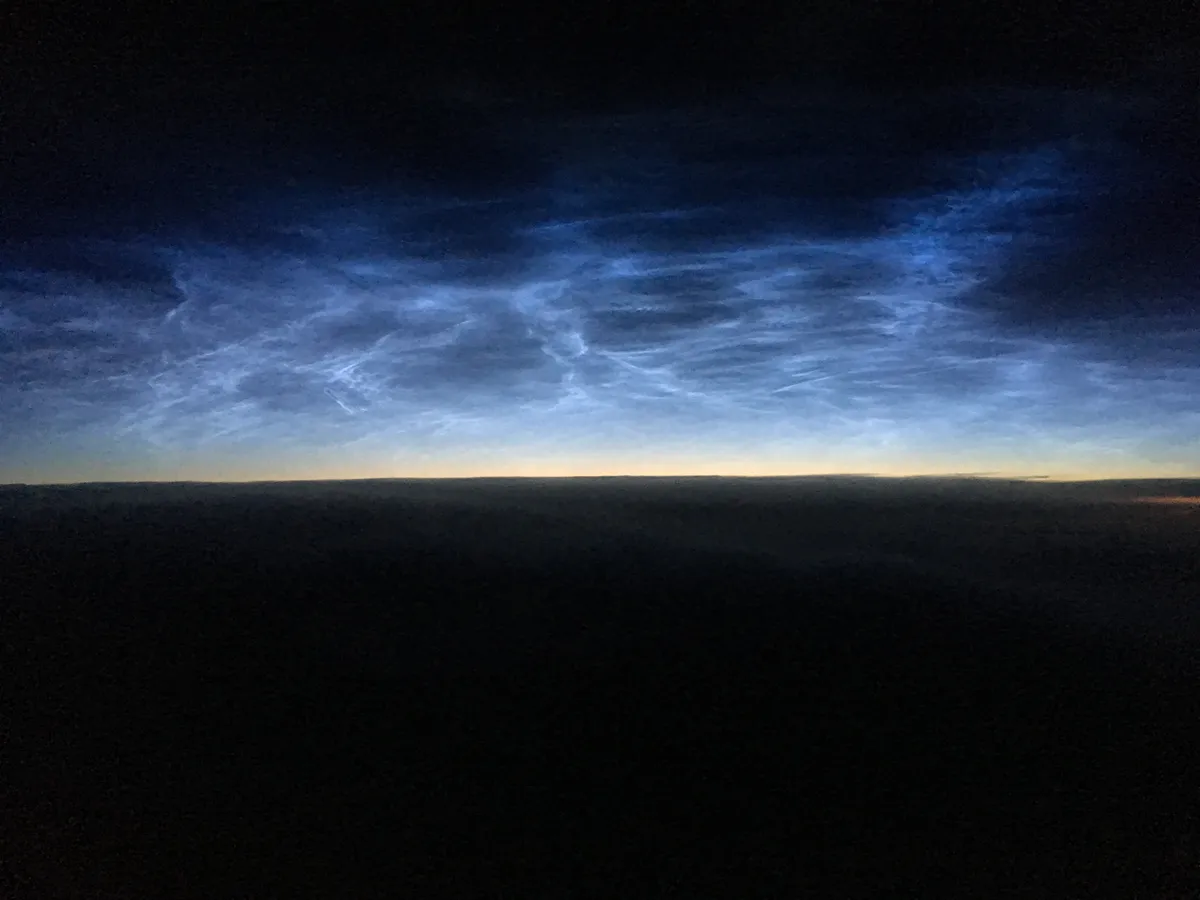
From late May, for a few summer months, it’s the season for noctilucent clouds in mid-northern latitudes. These ‘night-shining’ clouds sit high in the mesosphere and can appear against a star-flecked twilight sky after sunset, or before dawn.
From the UK’s southernmost parts some displays hug the northern horizon, which means that north-facing coastal locations provide good observing spots, thanks to their typically open views down to a low altitude.
3
The Lagoon Nebula
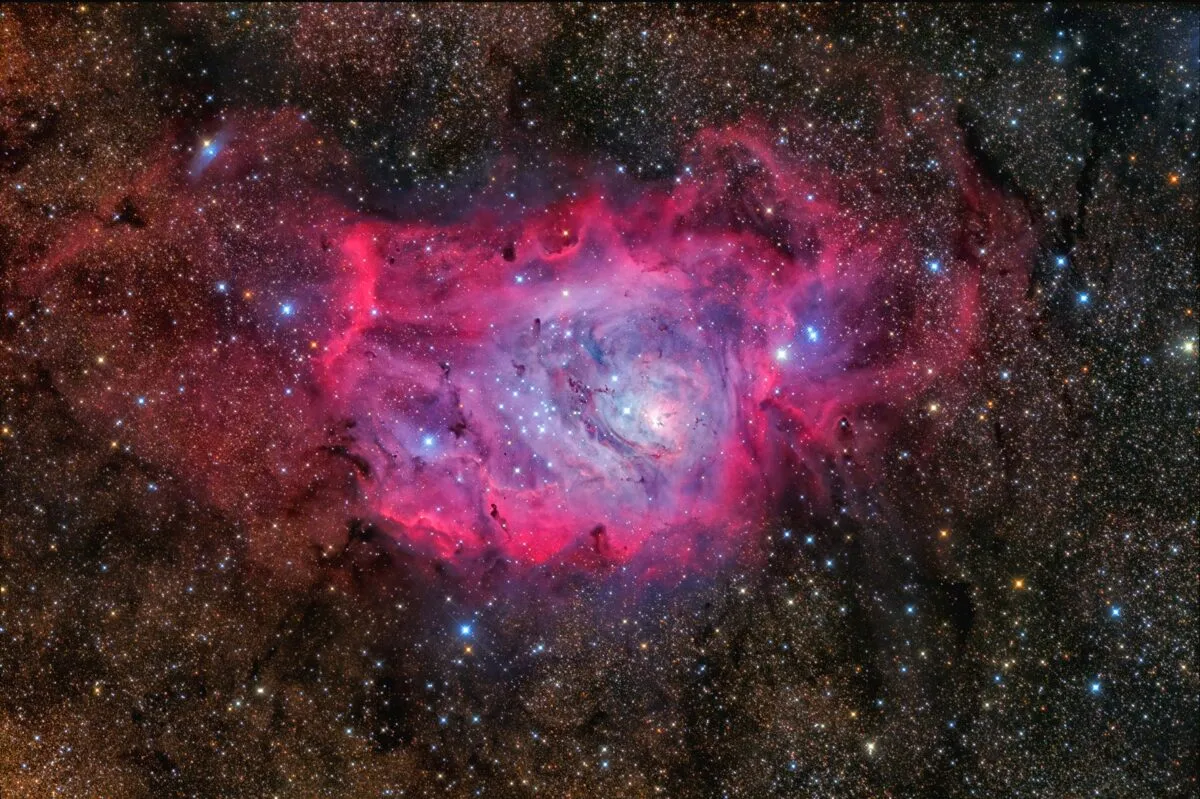
If you were to write a list of the UK summer’s top celestial sights, many would likely be ones sitting low in the sky. The Lagoon Nebula in Sagittarius, the Archer is a good example and is one to look out for – around 23:00 BST (22:30 UT) in late July and early August – if you’re visiting a seaside spot with unobstructed views to the south.
Under very dark skies it’s actually visible to the naked eye and it’s a lovely object when viewed with a wide-angle eyepiece on a small refractor.
4
Messier 7

Open star cluster M7, in the constellation of Scorpius, the Scorpion, is a challenging object to observe and image due to its low UK altitude in the summer night skies.
Even from our most southerly coastlines it’s a stretch and to get a reasonable view you’ll need a night with good sky transparency near the horizon. It has a declination of nearly –35°, which means that from the south coast it sits only 4° above the horizon around 23:00 BST (22:00 UT) in late July.
Will Gater is an astronomy journalist and science presenter. This guide originally appeared in the May 2021 issue of BBC Sky at Night Magazine.
